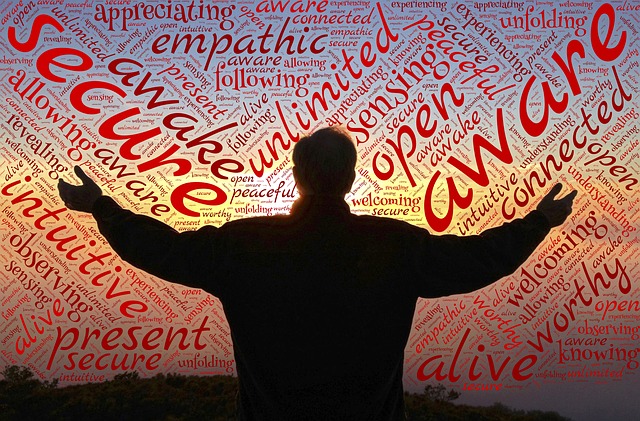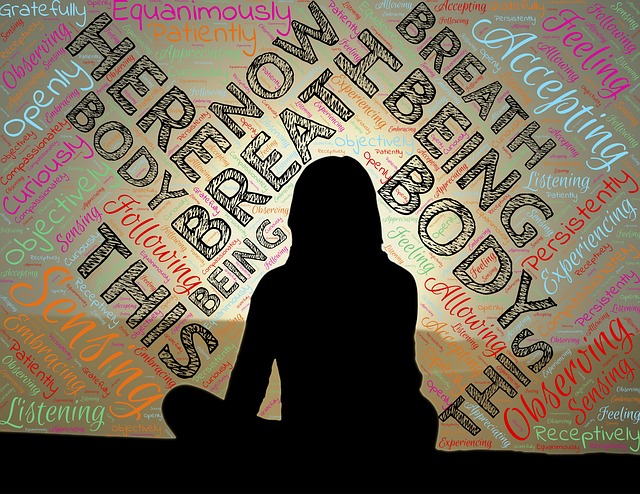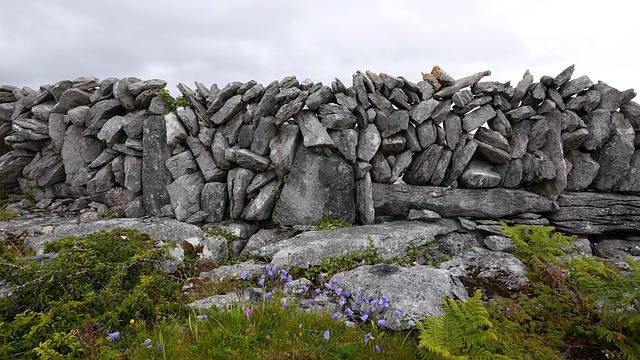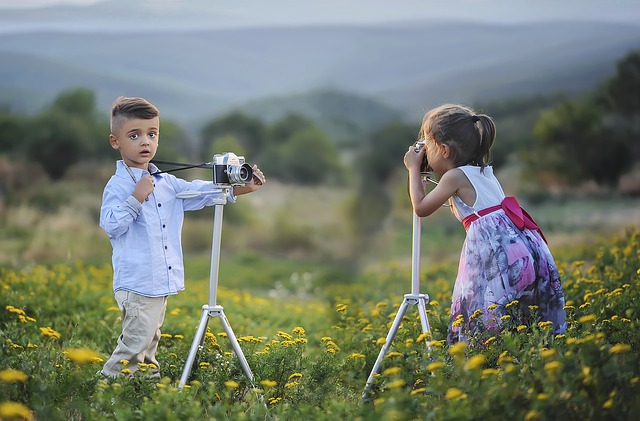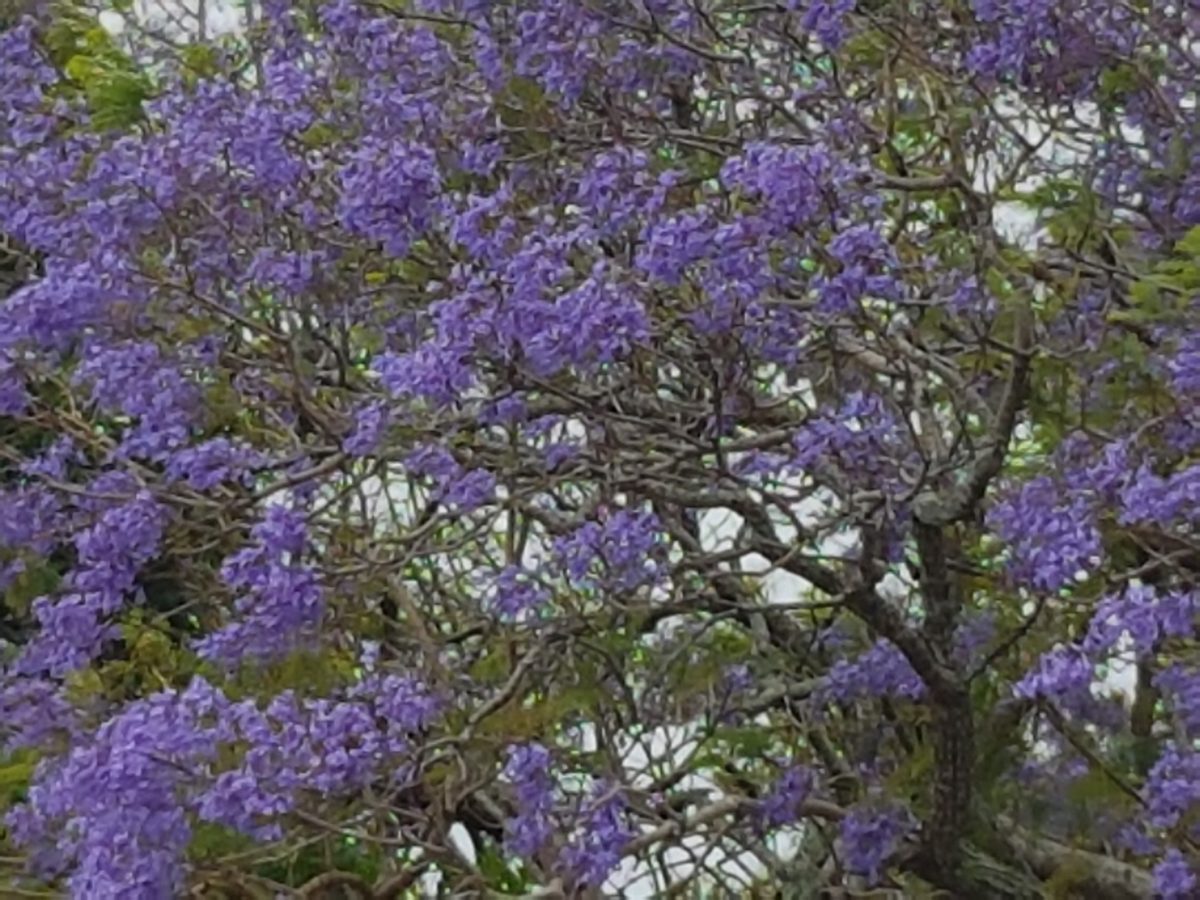In their book, Organizational Change by Choice, Dexter Dunphy and Bob Dick quote an anonymous author who provides a very simple, behavioural description of the way we learn:
To look is one thing
To see what you look at is another
To understand what you see is a third
To learn from what you understand is something else
But to act on what you learn is all that really matters. (p.120)
The wisdom of this way of looking at learning was brought home to me during one of Bob Dick’s MBA classes that I attended many years ago (32 years ago to be exact). Bob was introducing us to the art of facilitating groups and understanding group dynamics. He formed us into groups and each person in a group was assigned an observation task to undertake while the group simultaneously discussed a controversial topic – in my group’s case, “Should people who drink and drive be jailed?”
We each had to look for and observe some aspect of the group’s behaviour, e.g. amount of eye contact, level of dissent in the group, non-verbal behaviour, the level of participation and how people built on other’s ideas. As the discussion progressed, it became quite heated and one of our group was showing signs non-verbally that he was becoming distressed by the discussion. However, the person who was supposed to look for non-verbal behaviour in the group was totally oblivious of this distress and kept on pushing his point that drink drivers should not be jailed. The distressed person finally got up and left the group. The person who was supposed to observe non-verbal behaviour, immediately asked the group, “What did he do that for?” It turned out that a friend of the distressed person had been killed by a drunken driver.
This experience really brought home to me very starkly that you can look and not see if you stop paying attention and lose focus on what you intend to observe. If you then do not see what is happening, you will be unable to understand another person’s behaviour. If you don’t understand the interaction, you will not learn how to adjust your own behaviour. In the final analysis, you will not act in a way that puts the desired learning into practice – in the case of my example, you will not be able to effectively facilitate group processes.
To look in a meaningful way requires focus, purposeful noticing and full attention. It is only then that we see in a way that enables learning. So while we may be looking at the same scene or object we will see different things.
Understanding what we see requires an uncluttered mind and the capacity to maintain focus. It is only through sustained seeing that we come to understand what we are actually looking at – to realise the impact of something for our lives and that of other people. Focused attention builds our understanding because we are better able to access our subconscious and realise the connections between things that we perceive now or have perceived in the past.
Learning from what you understand is another level of challenge in the quest for lifelong learning. Having understood something impacting our lives, we have to be able to think through the behavioural implications – its meaning for how we should act towards our self and/or others.
In the final analysis, what really matters is taking action in line with our understanding and learning – translating our learning into practice. As I discussed in a previous post, it is one thing to look for and read about mindfulness, it’s another to understand the benefits of mindfulness, but it is something else to learn from your understanding of mindfulness how you should behave and, all that matters, is engaging in mindful practice – taking action by being mindful in our everyday lives.
So, being mindful can help us to engage in lifelong learning – to look, see, understand, learn and act on our learning in our everyday lives. As we grow in mindfulness, we are better able to focus, pay attention, gain insight and be conscious of what we are learning and what it means in our life. Ultimately, we are better able to achieve congruence – to line up our actions with our thoughts and words.
Image source: Courtesy of Mojpe on Pixabay

